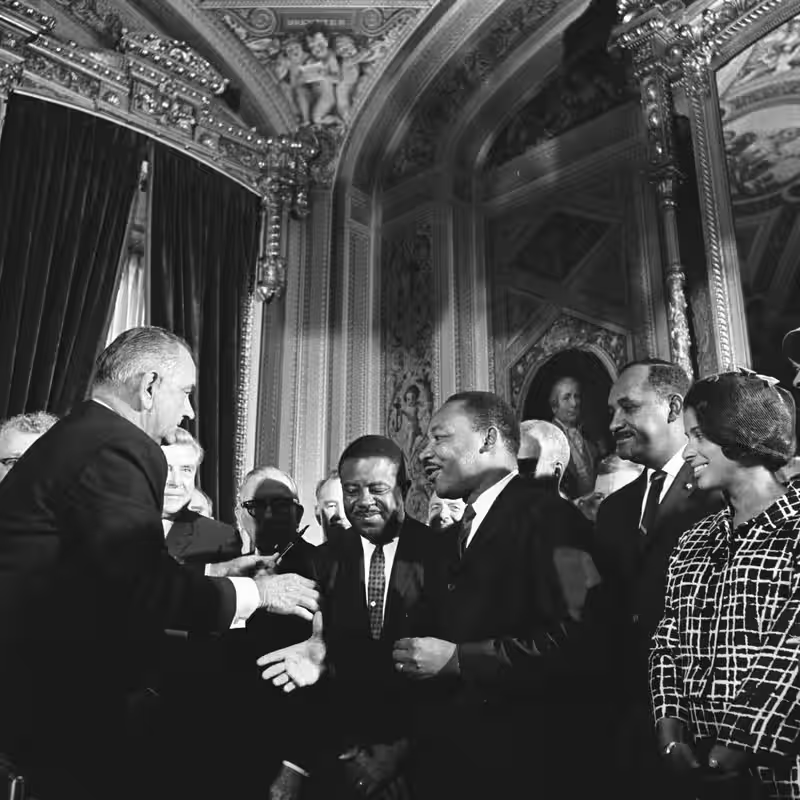More than half a century after its passage, the Voting Rights Act—the cornerstone of American civil rights law—faces what may be its most existential threat yet. This week, the U.S. Supreme Court hears arguments in Louisiana v. Callais, a case that legal experts warn could effectively dismantle the last major enforcement mechanism of the landmark 1965 legislation.
Why This Louisiana Case Matters
At the heart of the dispute is Louisiana’s congressional map, which plaintiffs argue dilutes the voting power of Black residents in violation of Section 2 of the Voting Rights Act. Section 2 is one of the few remaining pillars of the law after the Court’s 2013 decision in Shelby County v. Holder gutted the provision that required states with histories of discrimination to obtain federal preclearance before changing voting rules.
Now, conservative justices appear poised to reinterpret—or severely weaken—Section 2 itself. In doing so, they could strip federal courts of the ability to challenge racially discriminatory electoral maps nationwide.
A Decade of Erosion
Since Shelby County, the Court has steadily chipped away at voting protections. Chief Justice John G. Roberts Jr. famously declared in that ruling, “Our country has changed,” suggesting that the era of systemic voter suppression was behind us. Yet in the years since, numerous states have enacted strict voter ID laws, closed polling places in minority neighborhoods, and redrawn districts to minimize minority influence.
Civil rights advocates argue that far from being obsolete, the Voting Rights Act is more necessary than ever. “You can’t protect what you can’t enforce,” said Janai Nelson, president of the NAACP Legal Defense Fund. “If Section 2 falls, so does the promise of equal political participation for millions of Americans.”
What’s at Stake in Louisiana?
Louisiana’s population is nearly 33% Black, yet only one of its six congressional districts—a majority-Black seat—gives Black voters a realistic chance to elect their preferred candidate. Plaintiffs contend that a second majority-Black district is both possible and required under Section 2.
The state, however, argues that race should not be the “predominant factor” in redistricting—a position that, if endorsed by the Court, could set a precedent making it nearly impossible to prove racial gerrymandering.
| Key Provision | Status |
|---|---|
| Section 5 (Preclearance) | Struck down in Shelby County v. Holder (2013) |
| Section 2 (Nationwide Ban on Racial Discrimination in Voting) | Now under direct threat in Louisiana v. Callais |
| Section 4(b) (Coverage Formula for Preclearance) | Also invalidated in 2013 ruling |
Broader Implications
A ruling against Section 2 wouldn’t just affect Louisiana. It would reverberate across the South and beyond, where similar redistricting battles are unfolding in states like Georgia, Texas, and Alabama. Without Section 2, communities of color could lose their primary legal tool to fight gerrymandered maps that silence their voices.
“This isn’t just about lines on a map,” said Rep. Terri Sewell (D-Ala.), lead sponsor of the John Lewis Voting Rights Advancement Act. “It’s about whether democracy includes everyone—or only those in power.”
As the justices deliberate, millions of Americans will be watching—not just to see how the Court rules, but whether it still believes that voting rights are truly universal.




